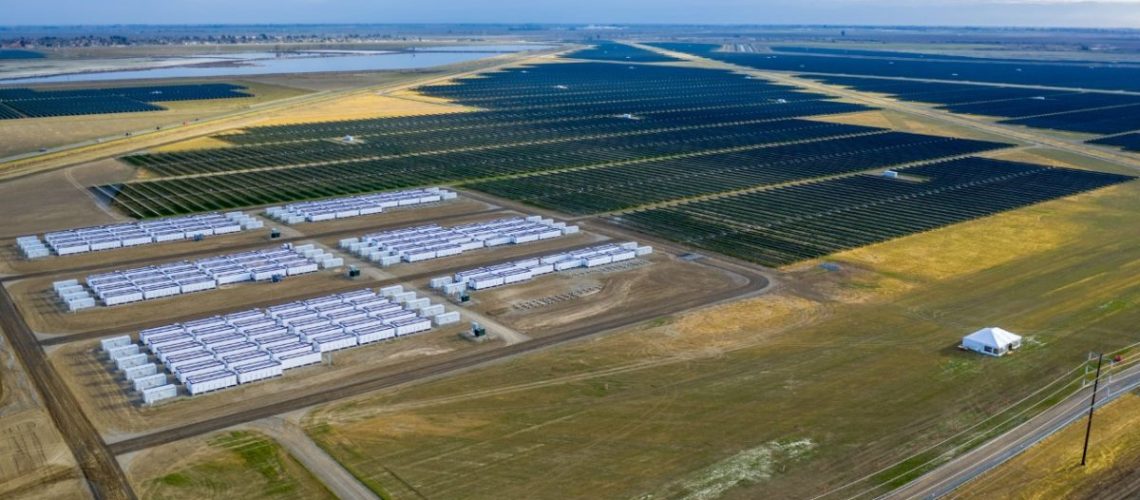In 2022, as supply chain challenges persisted, utility solar projects in development grew in size and energy storage is connected to half of them.
Utility-scale solar development was hit with a tough year, marred by tariff static that considerably crimped the pace of large-scale grid deployments. Wood Mackenzie forecast a 40% decline in utility-solar project deployments, but that hasn’t stop developers from going bigger and bolder, including with batteries attached.
With the broader solar market forecast to see a 23% decrease in installation rates, utility solar is expected to wrap up at about 10.3 GWdc installed capacity, as the industry continues to weather supply chain challenges and trade disruptions from the Biden Administration’s PV module tariff imposition and flexing the Inflation Reduction Act to spur American-made modules.
Macro static aside, state system operators and corporate offtake customers continue to drive the theme of bigger is better, and yes, batteries also better, with PV Intel data showing that close to 50% of near-term utility solar projects are seeing energy storage systems enter the equation for grid resiliency measures.
PV Intel examined projects with commercial operations falling within the next three years, encompassing utility projects aimed at being wrapped up in the 2023 or 2024 timeframe since just entering the discussion within the last year. While 2020-21 saw projects top out at 250 MW and 300 MW, the 2022 class of projects to enter the interconnection queue is roughly double the class of prior years, with many projects clocking in at 400 MW to 690 MW.
Among the 20 largest PV Intel projects, Texas, California and Nevada represented 15 of the largest projects among the latest slate of project developments, while three additional southwest projects popped up, one Ohio project and an Alberta project.
What is more surprising is that almost 50% of the new large-scale projects pulled by PV Intel are being developed with an average of four-hours of grid-scale energy storage at co-located sites. Nine out of the 20 largest projects are being deployed with a battery storage system to keep electrons flowing into the night. That compares to about one-third of the previous slate of projects looked at through mid-2022 to utilize storage systems.
“In all cases, ambitious clean energy goals from both utilities and corporates are driving higher renewable penetration,” said Sylvia Leyva Martinez, a senior analyst in Wood Mackenzie’s utility solar group. “In the case of storage, price volatility and multiple revenue stream monetization is going to help increase the share of hybrids in the system.”
Leyva Martinez told pv magazine usa that corporate customers have driven up demand for large-scale utility solar project developments in Texas, while solar deployment in other states like California and Florida is driven by community choice aggregation or utility–specific procurement.
With the Inflation Reduction Act’s inclusion of a storage investment tax credit, Leyva Martinez said to expect to see the percentage of storage deployments accompanying grid solar projects to increase in 2023 and beyond.
Wood Mackenzie expects supply chain disruptions to dissipate toward the end of Q2 23, though Leyva Martinez said numerous domestic developers such as Intersect Power, Leeward Renewable Energy, and Primergy are sourcing solar modules from First Solar and other American-made suppliers to reduce trade policy risk affecting imported modules.



